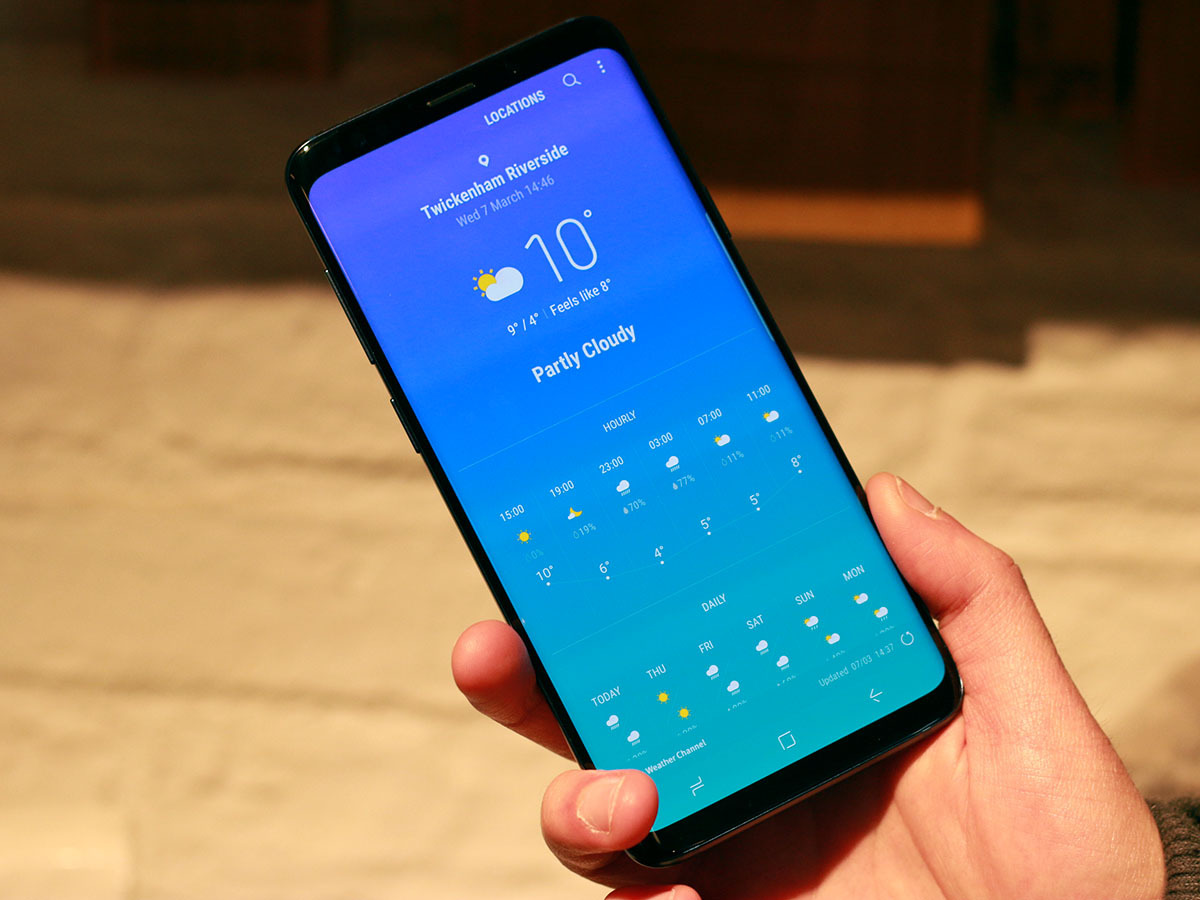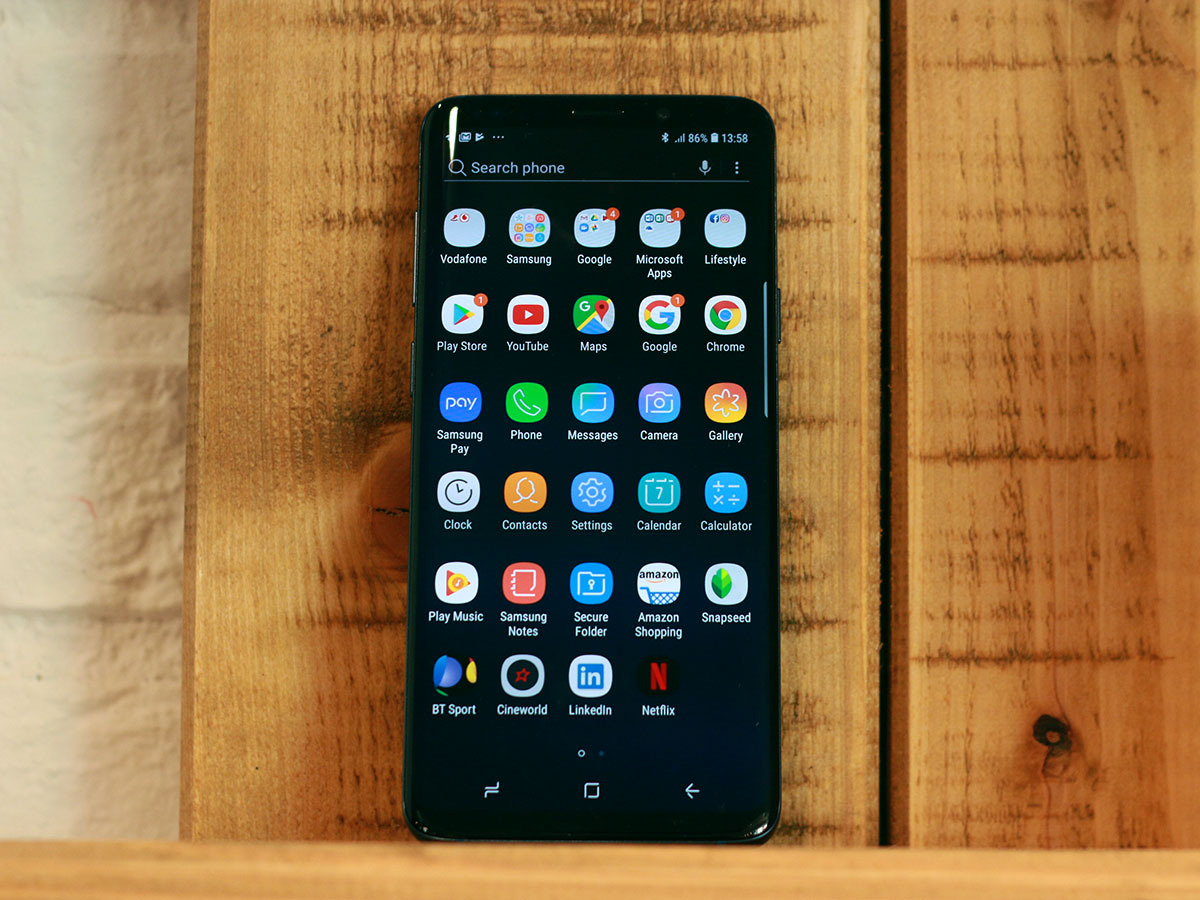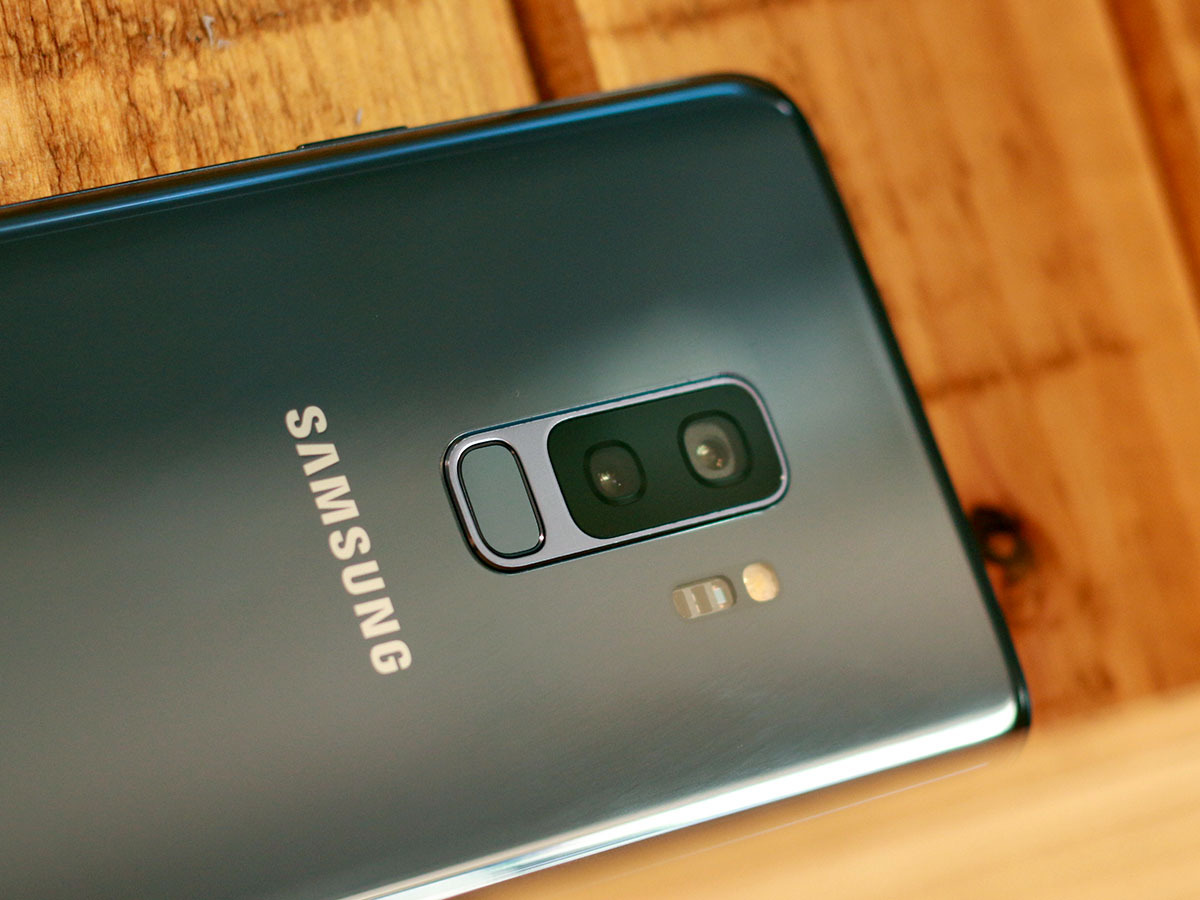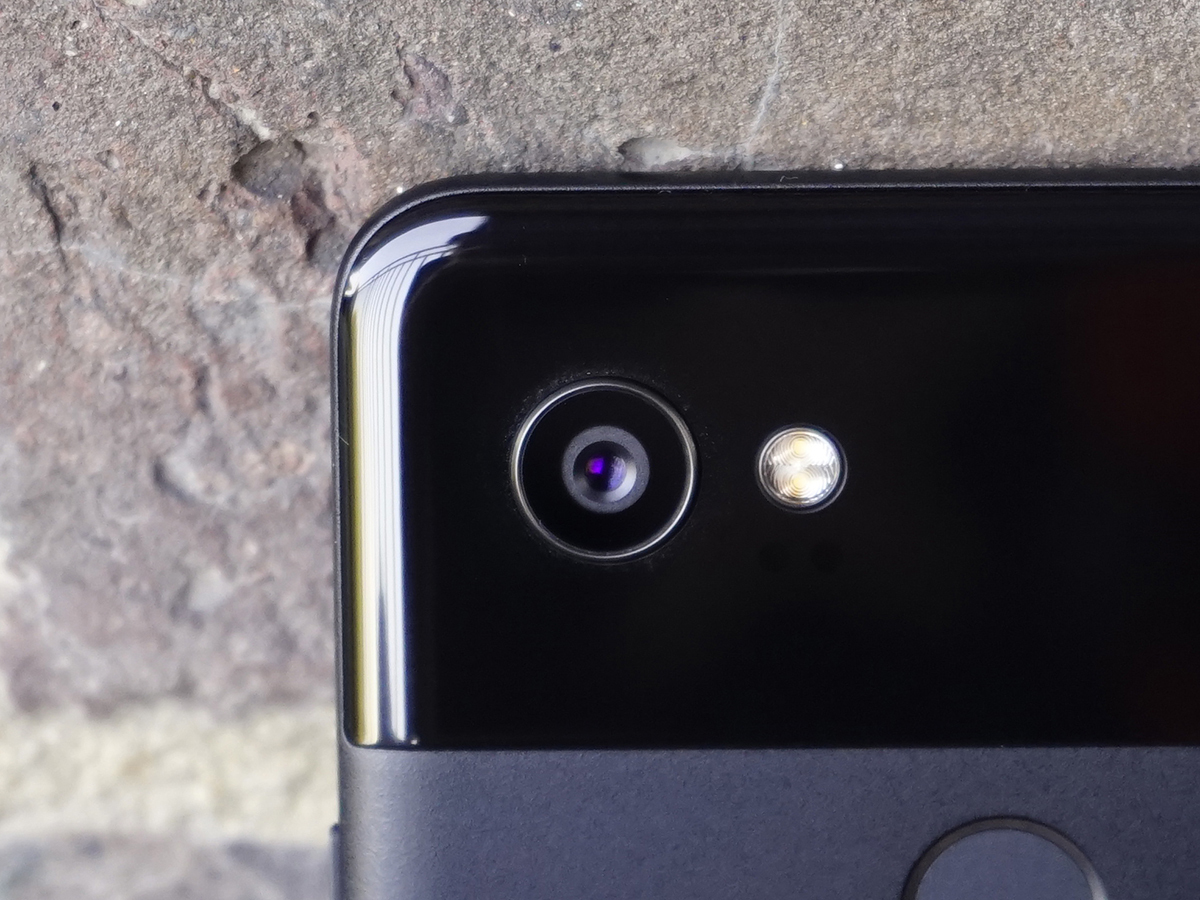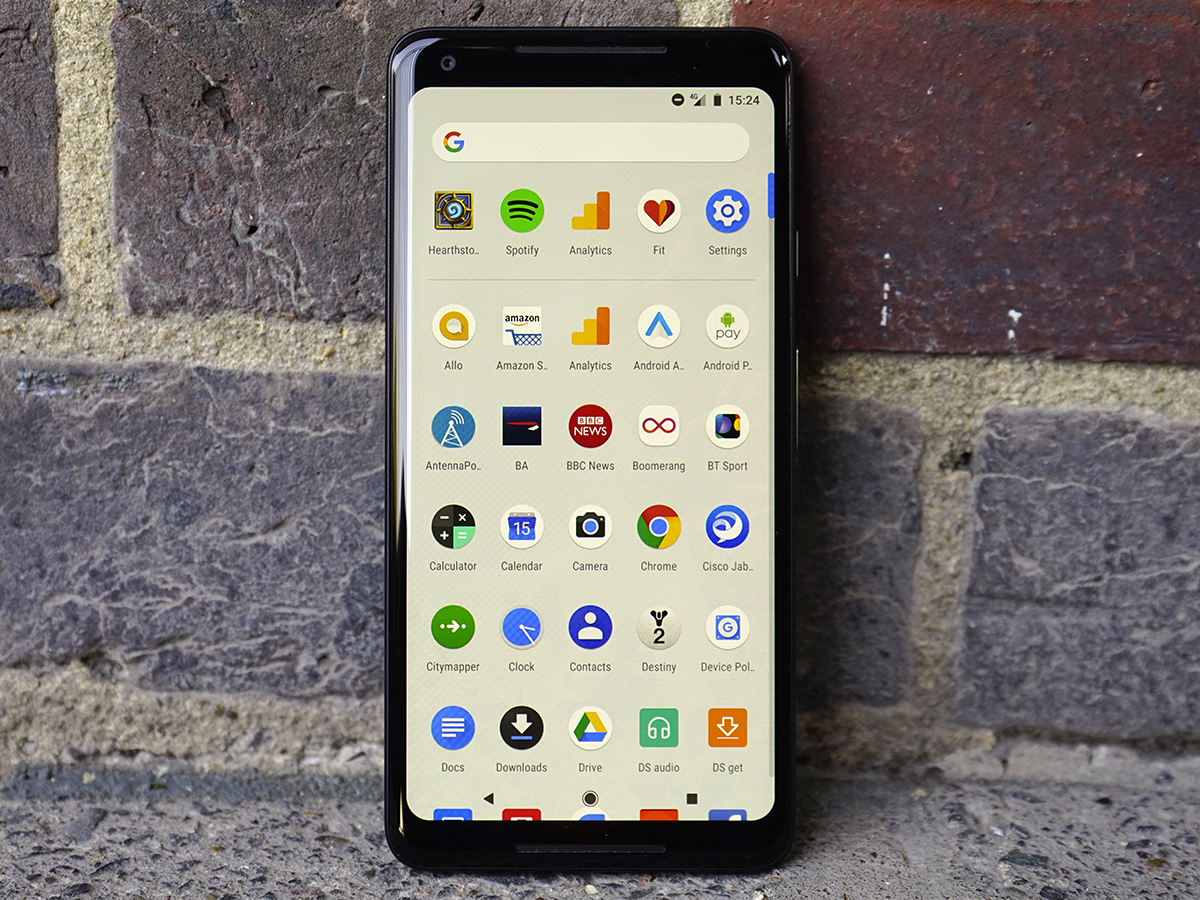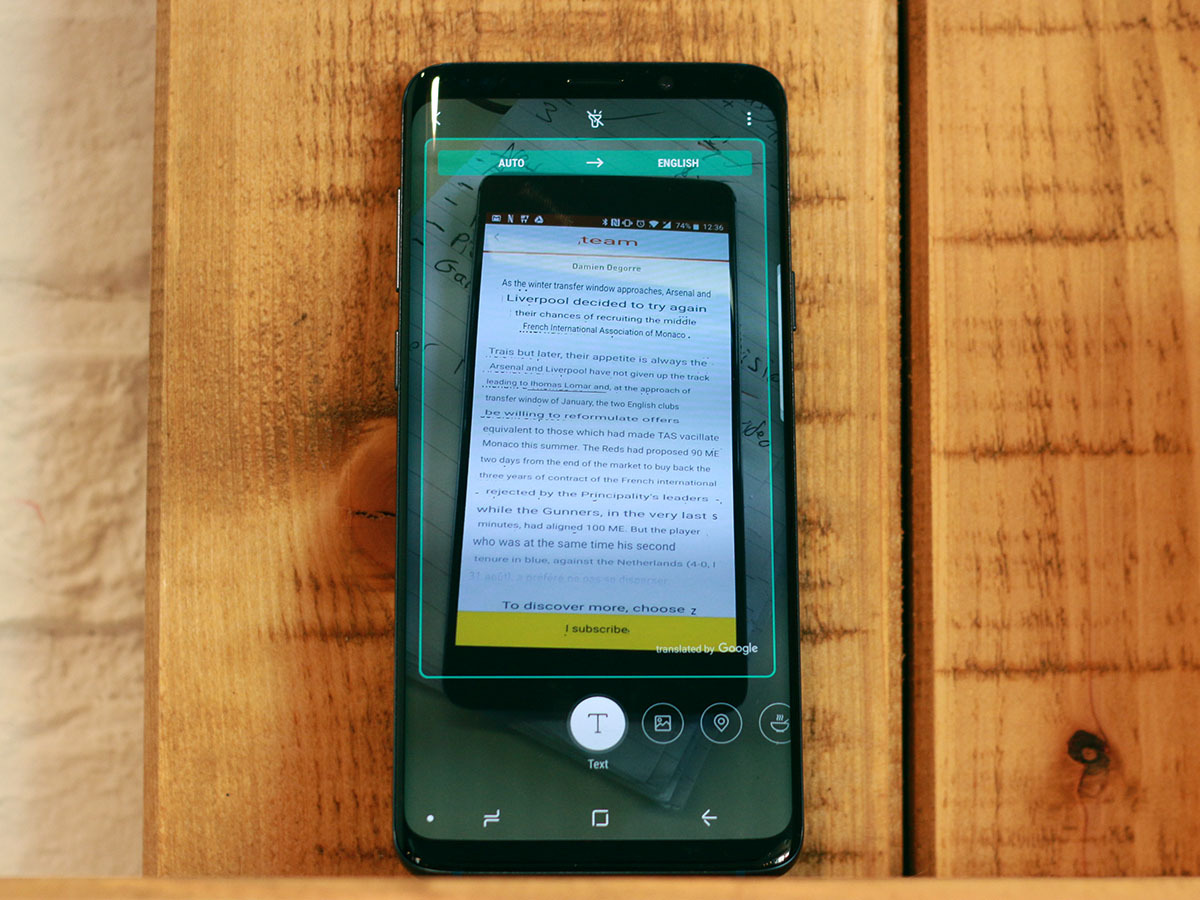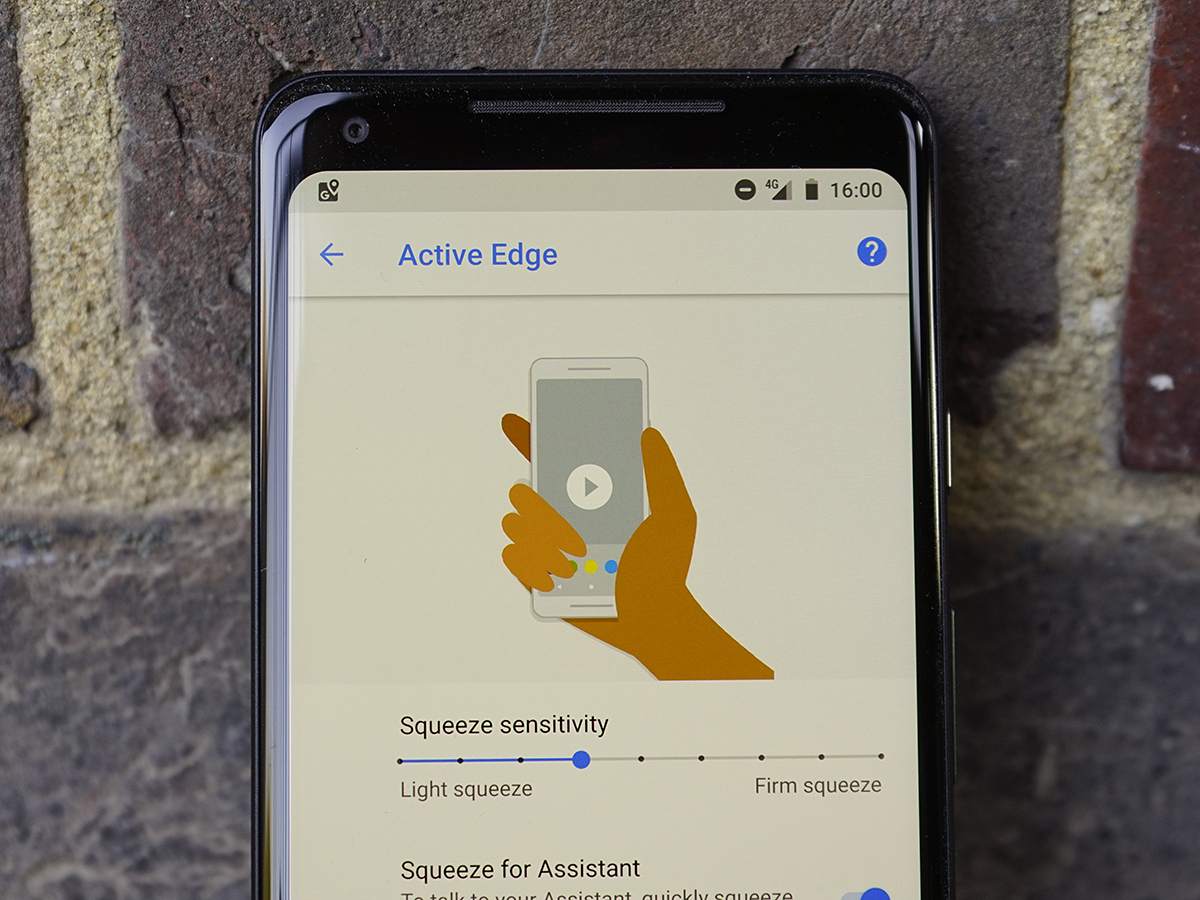Samsung Galaxy S9+ vs Google Pixel 2 XL: Which is best?
Does Samsung's latest retain its place as Android's greatest?

The Pixel 2 XL is Google’s ultimate vision of an Android phone, and it’s a pretty fantastic one at that – the killer camera, gorgeous screen, and pure OS experience make it a strong pick.
But there are phones we’ve coveted above the Pixel 2 XL: the Samsung Galaxy S8 and Galaxy S8+, which are approaching nearly a year on the market and have been our favourite phones for that entire span. But the Galaxy S9 and Galaxy S9+ release later this week, and they are poised to supplant their predecessors as the must-have flagships.
The Galaxy S9+ and the Pixel 2 XL are very comparable in a lot of ways, but each has its perks – and if you’re about to splash out on a pricey phone, there are reasons to consider each of these above the other. Here’s how this battle shakes out, now that we’ve reviewed the Galaxy S9+.
Design: A familiar battle
Haven’t we already done this showdown before? Almost! See, the Samsung Galaxy S9+ is a dead ringer for the Galaxy S8+, with the same screen-centric front, alluring curves, and light bezel. It’s a glass-and-aluminum stunner, and the only real difference this time around is better placement for the fingerprint sensor on the back.
As for the Pixel 2 XL, it’s still a bit drab by comparison. We like the two-tone effect on the back, which looks better than on the first Pixel, but the front lacks any kind of wow factor – and it has far too much bezel, making the phone feel larger than it needs to. It’s fine, certainly, but the Galaxy S9+ has a clear aesthetic edge here.
Verdict: Samsung Galaxy S9+
Screens: Slightly more pop
Again, we feel a little déjà vu in this category, since the Galaxy S9+’ display looks largely unchanged from the one before it. And once more, that’s no complaint. It’s a 6.2in Quad HD Super AMOLED stunner at an 18.5:9 aspect ratio, which means it’s super tall and has plenty of extra room for your apps, games, and media.
The Galaxy S8+ had arguably the best screen on the market (essentially tied with the standard S8), and the Galaxy S9+ doesn’t step down in any way. In fact, it gets a little bit brighter than before, which is only a good thing.
What about the Pixel 2 XL then? Well, it’s also pretty great – it’s a 6in OLED panel at 18:9 that’s just as sharp as either Galaxy screen, but doesn’t have quite the same colourful pop. There’s also a bit of discolouration at sharp angles that you don’t see on Samsung’s handsets. For the most part, it’s excellent… but those tiny caveats remain.
Verdict: Samsung Galaxy S9+
Read More › Samsung Galaxy S9+ review
Camera: Adjusting expectations?
Before the Galaxy S9 and S9+ released, the Pixel 2 XL and the standard Pixel 2 had the absolute best smartphone camera on the market today. Google bucked the dual-camera trend to deliver one absolute monster of a 12MP (f/1.8) sensor.
Phase-detect and laser-assisted autofocus help deliver killer shots, but it’s really Google’s image processing algorithms that set the Pixel 2 camera apart from the competition. Seriously clever computing stitches together multiple shots and delivers one seamless, oft-stunning result. You’ll get loads of dynamic range, accurate colours, and still some of the dual camera-like bokeh effects due to its dual-pixel approach.
On paper, the Samsung Galaxy S9+ seems to have some advantages. First off, it does have the secondary back sensor for bokeh and other effects, and the wider f/1.5 aperture on the 12MP main sensor lets in loads of light; you’ll really see it in low-light photos. More crucially, the S9+ packs in adjustable aperture, automatically swapping between f/1.5 and f/2.4 for better exposure and more detail when you have plenty of light.
But at the end of the day, Google’s algorithm still prevails. The S9+’s camera is better than the S8+’s, but the Pixel 2 XL reigns supreme, touting an advantage on definition and clarity. You’ll only see it when putting shots side-by-side, though; otherwise, the Galaxy S9+ doesn’t disappoint.
Verdict: Google Pixel 2 XL
Performance: Pure muscle
When it comes to raw, benchmark-pushing ability, this one’s an easy win for the Samsung Galaxy S9+. The S9+ packs in Samsung’s Exynos 9810 chip in the UK and some other territories, or the slightly weaker Qualcomm Snapdragon 845 elsewhere. And both of those come out ahead of the year-old Snapdragon 835 seen in the Pixel 2 XL. There’s no huge difference in everyday usage, but it’s there on the stat sheet.
Furthermore, the Galaxy S9+ packs in 6GB RAM, which is more than the 4GB seen in the Pixel 2 XL (and the standard Galaxy S9, for that matter). That ought to help with multitasking needs and maintaining the smoothness of your mobile experience, although again, the Pixel 2 XL is no slouch.
The Pixel 2 XL benefits from running stock Android with some light customisations, and it’ll always have the latest and greatest Android installed – including the incoming Android 9.0 P once the full version is out. We like Samsung’s OS skin atop Android Oreo, however, and it’s not the slow, ugly TouchWiz of the past.
Given the choice purely on preference, we’ll take stock any day. And stock Android tends to be a hair swifter on comparable hardware, as well. But these are both super-fast phones that are easy to use, and Samsung gets the nod for the newer hardware in the mix.
Verdict: Samsung Galaxy S9+
Battery and perks: Perked up
Both handsets have nearly the same kind of battery capacity: 3,500mAh on the Galaxy S9+ and 3,520mAh on the Pixel 2 XL. No, that extra 20mAh doesn’t make any real difference, as you’ll power through a full day with both of these phones with steady, solid usage, and can even push a bit further if needed. The Galaxy S9+ does have an edge over the Pixel 2 XL with wireless charging capabilities, however.
Both handsets come with 64GB of internal storage on the base model, but only the Galaxy S9+ offers expandable storage via microSD. That’s a bad look, Google.
The Pixel 2 XL also has squeezable Active Edge sides that let you pull up the Google Assistant, but it’s hardly a hugely critical addition. We barely used it, really.
You’ll find a mobile VR headset for both: Samsung has the Gear VR and Google has Daydream. Gear VR still has the edge on both quality and quantity of games and apps, plus the headset is a fair bit more comfortable to boot.
Also, the Galaxy S9+ has Samsung’s DeX Station, which lets you plug in an external monitor and use your phone like a PC. We weren’t too keen on the original version that launched with the Galaxy S8, but the new edition has your phone flat with the screen up, letting you use it as a touchpad or keyboard as needed. That could make a world of difference.
Verdict: Samsung Galaxy S9+
Also Read › Google Pixel 2 XL review
Verdict: The S9+ is fine
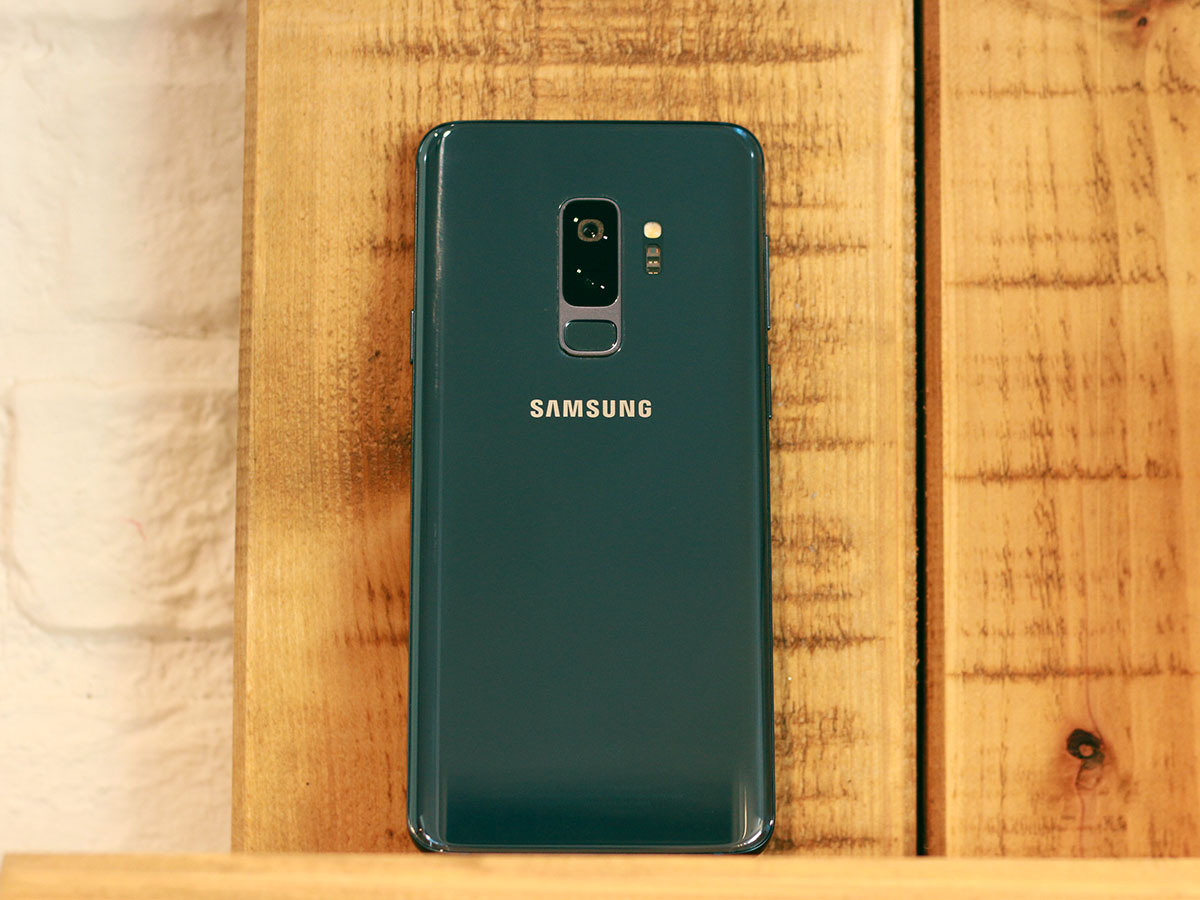
We’re big fans of Google’s Pixel 2 XL – in fact, it’s our second favourite phone in the world as of this writing. But our first favourite was the Samsung Galaxy S8+, tied with the standard S8… and now it’s the Galaxy S9 and S9+.
Sorry, Google. Maybe the Pixel 3 XL will ultimately do the trick later this year, but Samsung has some key edges here: a more alluring design, a slightly better screen, more power, wireless charging, expandable storage support, and even the better VR headset.
Google’s one undeniable advantage remains the Pixel 2 XL’s astonishing back camera, which is the gold standard for smartphone snappers. And if you want the best of the best for handset shots, that could well push you in the Pixel’s direction. We wouldn’t blame you for it.
But the Galaxy S9+ is close enough on camera quality for the average user, just like the Pixel 2 XL is close enough on most of the other points as well. Still, Samsung’s myriad other advantages are plentiful indeed. Granted, you’ll pay another £70 for Samsung’s phone at £869 vs. Google’s £799, but we think it’s worth it.
Don’t hesitate if you’re really feeling what Google is selling here: the Pixel 2 XL is a damn fine phone. But the Galaxy S9+ is even better in our estimation, all things considered.
Verdict: Samsung Galaxy S9
